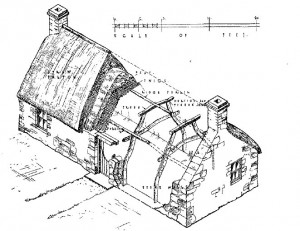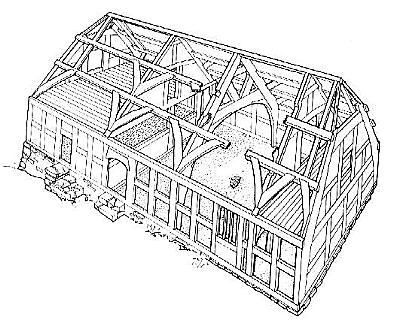
Posted on 07/12/2016 8:03:24 AM PDT by BenLurkin
Pluto isn't quite as lonely as scientists had thought.
Astronomers have discovered another dwarf planet in the Kuiper Belt, the ring of icy objects beyond Neptune. But this newfound world, dubbed 2015 RR245, is much more distant than Pluto, orbiting the sun once every 700 Earth years, scientists said. (Pluto completes one lap around the sun every 248 Earth years.)
"The icy worlds beyond Neptune trace how the giant planets formed and then moved out from the sun," discovery team member Michele Bannister, of the University of Victoria in British Columbia, said in a statement. "They let us piece together the history of our solar system."
...
The exact size of 2015 RR245 is not yet known, but the researchers think it's about 435 miles (700 kilometers) wide. Pluto is the largest resident of the Kuiper Belt, with a diameter of 1,474 miles (2,371 km).
The research team first spotted 2015 RR245 in February of this year, while poring over images that the Canada-France-Hawaii Telescope in Hawaii took in September 2015 as part of the ongoing Outer Solar System Origins Survey (OSSOS).
"There it was on the screen — this dot of light moving so slowly that it had to be at least twice as far as Neptune from the sun," Bannister said.
(Excerpt) Read more at space.com ...
Cool..yup.... just satisfied a low level but longing standing itch for that bit of knowledge.
It appears that the reemergence of thatching is being driven by city people moving to quaint villages with high murder rates.
” city people moving to quaint villages with high murder rates.”
Strange thing to be attracted to, but that does appear to be the case... :)
Used to love watching the Thatchers at work as a kid.
They always had a cigarette running.......not a fire hazard or anything.
As an aside to the pic of the Ford plane, the late Igor worked for Ford Aerospace in Palo Alto CA for several years. It was a good job.
A clean desk is a sign of a sick mind. ;o]
Looks like the gardener had a whimsical imagination when it comes to the shrubbery. I could say a lot about that, but in the interest of not being banned and/or suspended by the UT Mods, I’ll refrain from my whimiscaler observations.
That is beautiful!
Perhaps.
I suspect many of the murders can be at core attributed to the high costs of thatched roof.
"The minute you lay one, it slowly starts to rot. Looking pretty isn't cheap. "I usually tell a customer they should be putting away £1,500 to £2,000 a year to cover it."
"Here! What's this? Bill for dressing thatch roof, £2,000?"
"Sodding thatcher said his work was good for thirty years, now this. Wot!!! every year! Thinks he's Turnbull & Asser, wot?...You never said...."
Bloody murder ensues.
Wow. I knew thatch work was a long and involved process, but that is absolutely amazing.
Thanks!

LOL! ;o])
Morning Face.
The only problem with those places is maintenance, you need to love maintenance.
LoL
Best we give Kittie some space....
Yes, I have heard thatched roofs are high maintenance, but they are so beautiful.
All predicated on thin films of water running down the reed, each layer catch some from upper layers, hoping for enough layers to keep the rain out. Fully understand you mentioning the damp. They never do really get totally dry do they? And, as with small wooden boats, dying shrinkage cause the first hard rain to penetrate farther than with damp swollen reeds.
Have you observed the roof runoff in heavy rain? Pouring all along the edge? Seems it would have to. Mice and small birds finding homes there as well? Pets part of the bonus.
After a Dry summer the first rains need to be light in order to swell the reeds back to size ,as you mention.
A light mist is experienced in the roof void during these wetting-in events.
If the Summer is a dry humid one the moss starts to grow after a few years, causing soil to develop and rotting the reeds.
They look good for about ten or so years, then you become glad it isn’t yours.
The run-off in rain is pretty ,small rivulets all along the edges. This is why the front door often has its own little roof facing out to the sides.
Some towns have by-laws banning their existence from within the town centre due to the fire hazard. A famous event was the Stratford-on-Avon fire in Tudor times. Half of the Town burned down during a dry Summer. The local law was passed to ensure the re-built buildings where covered with ceramic tiles.
And yes, the other half bought it a few years later.


The typical Cruck frame building (Medieval) often found buried inside the newer structure (Tudor) that creates the upper floor.

Rhesus monkeys!
Disclaimer: Opinions posted on Free Republic are those of the individual posters and do not necessarily represent the opinion of Free Republic or its management. All materials posted herein are protected by copyright law and the exemption for fair use of copyrighted works.